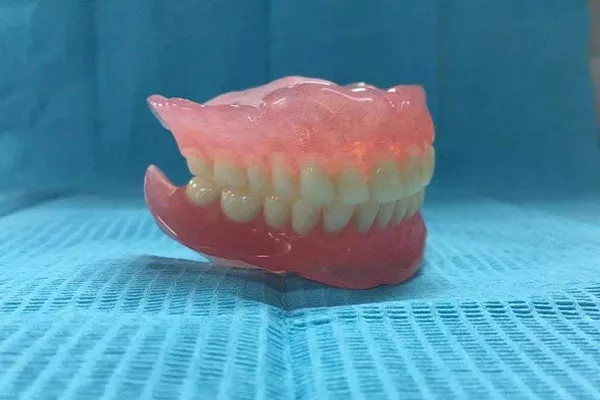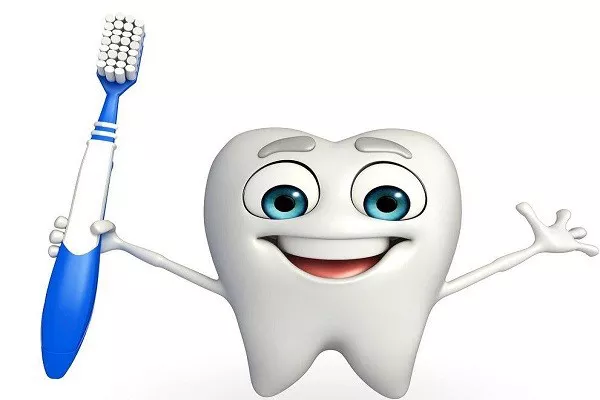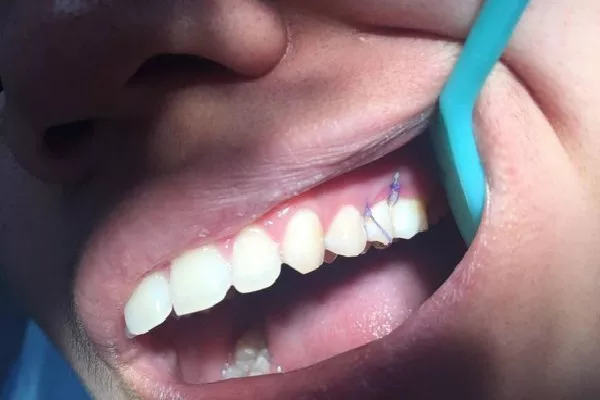The thought of getting a dental filling can be nerve-wracking for many people, especially if they are concerned about how much pain they will experience during the procedure. While everyone’s pain tolerance is different, dental fillings are typically not very painful, and many patients report feeling only minor discomfort.
The Procedure
During a filling procedure, the dentist will use a local anesthetic to numb the area around the tooth. This helps to minimize any pain or discomfort that may be experienced during the procedure. After the anesthetic has taken effect, the dentist will use a dental drill to remove the decayed part of the tooth and prepare the area for the filling. Once the area is clean, the dentist will fill the tooth with a dental filling material and shape it to fit your bite. The entire process usually takes less than an hour.
Post-Procedure Sensitivity
It is normal to experience some sensitivity in the tooth for a few days after the filling procedure. This sensitivity may be caused by the pressure of the dental drill or the heat generated during the procedure. You may also feel some sensitivity to hot or cold foods and drinks. This is temporary and should subside within a few days.
Tips to Minimize Pain
1.There are a few things you can do to minimize any pain or discomfort associated with getting a dental filling:
2.Take over-the-counter pain medication: Over-the-counter pain medication, such as ibuprofen or acetaminophen, can help relieve any discomfort after the procedure.
































